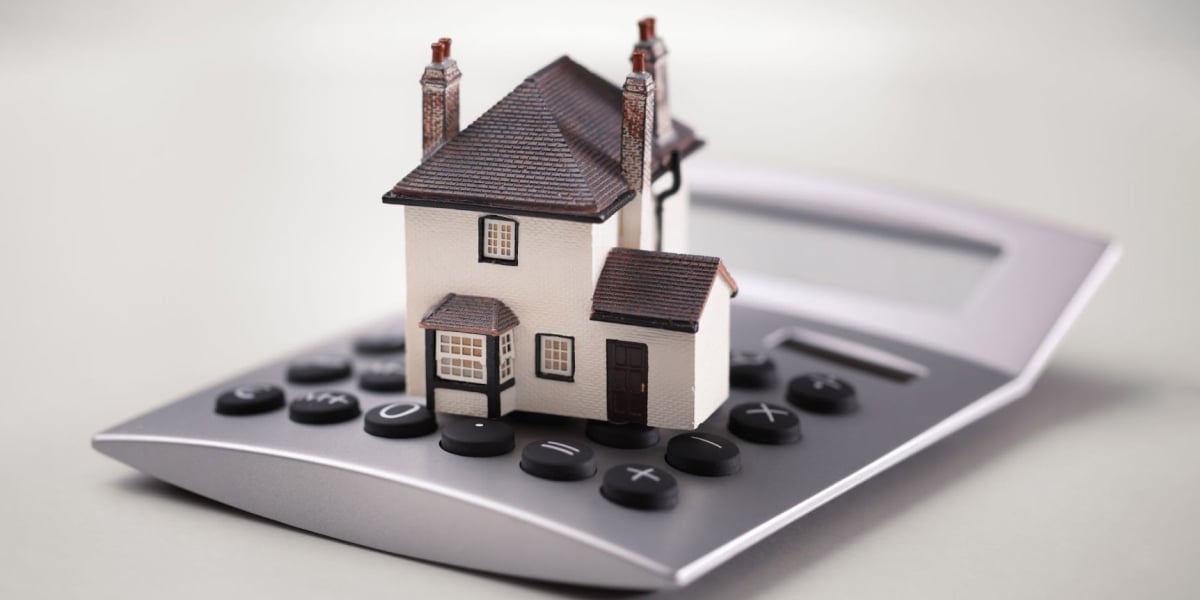
Real Estate Investing Math Made Easy — AIV and ARV
There are a lot of acronyms and terms you’ll hear as a real estate investor. They all have important meanings, especially when considering how your properties will be evaluated for financing.
Two we want to introduce today are "As-Is Value" (AIV) and "After-Repair Value" (ARV), which are commonly used to describe two different methods for determining the valuation of a fix and flip property.
By understanding how to calculate AIV and ARV, you can make informed decisions about buying, selling, and financing your investment properties.
Understanding As-Is Value (AIV)
AIV refers to an investment property's current market or appraised value before any improvements or repairs are made. It represents the value of the property in its current state, considering factors like location, size, condition, and comparable sales in the area. The AIV is typically decided by conducting a property appraisal and researching recent sales of similar properties in the area.
How to calculate AIV
Here are some of the steps involved in calculating the AIV of a fix and flip property:
Gather data
Research relevant information about the property, including its location, size, condition, and features. You’ll also want to gather data about recent sales of comparable properties in the area.
Research comparable sales
Look for recently sold properties in the vicinity that are similar to your property or the property you’re considering. Typically, you wouldn’t extend further than a mile or outside of a specific neighborhood or village to find comparable sales. The goal is to find properties as similar as possible to get a sense of the selling price of similar houses.
Adjust for differences
Compare the features and characteristics of the properties in the area and make adjustments if needed. For example, if the comparable property has an additional bedroom or a larger lot size, you may need to adjust your calculations to account for these differences, as these differences will most likely affect your sale price.
Determine property value
Once you’ve completed your market analysis, you’ll better understand what the property may be worth in its current condition. This estimate represents the AIV of the property.
What to do with the AIV
There are a few methods for breaking down and estimating the As-Is Value, including the sales comparison approach, the income approach, and the cost approach.
The sales comparison approach, which involves comparing recent sales of similar properties, is commonly used for residential properties.
The income approach is more relevant for investment properties, where the value is established by the property's income potential.
The cost approach considers the cost of rebuilding or replacing the property.
Understanding After-Repair Value (ARV)
The After-Repair Value (ARV) is the estimated value of a property after it has undergone renovations and improvements. Knowing the ARV helps determine the total value added to the property once it has been refurbished.
The ARV is usually calculated by analyzing comparable properties in the area that have undergone similar improvements and considering the market dynamics. It represents the expected market value of the property once the repairs or renovations are completed.
How to calculate ARV
Here are some of the steps involved in calculating the ARV of a fix and flip property:
Determine the current market value
Start by determining the property’s market value or appraised value in its current — read: pre-renovated — condition (AIV).
Outline the planned repairs or renovations
This is where you’ll document and list all of the specific improvements or repairs you intend to make to the property in a scope-of-work (SOW). You can include repairs like updating the kitchen, renovating the bathrooms, adding square footage, improving the landscaping, updating flooring and windows, painting, upgrading or buying new appliances, etc. Knowing the planned upgrades will help determine how much value could be added to the property.
Research comparable sales
Look for recently sold properties in the same area that have undergone similar improvements or renovations. Like with your AIV, you’ll want to focus on properties with comparable features and upgrades, size, location, and quality. These comparable sales will provide insights into the potential increase in value from the planned repairs.
Estimate the cost of repairs
Determine the cost of the planned repairs or renovations. Your cost figures should include materials, labor, permits, and other associated expenses. Make sure you’re seeing accurate estimates from contractors or industry professionals to ensure the figures are as realistic as possible — if you don’t already work with a trusted general contractor, it’s OK to get more than one estimate.
Determine the increase in value
Analyze the comparable sales and consider the impact of the planned repairs. Calculate the difference in value between the AIV and the sale prices of the comparable properties after their repairs. This difference represents the estimated increase in value that can be attributed to the planned repairs (ARV).
Add the increase in value to the AIV
Add the estimated increase in value to the AIV to determine the ARV of the property. This sum represents the expected market value of the property after the planned repairs or renovations are completed.
Check your math
It's important to note that calculating the AIV and ARV generally involves some estimates and price fluctuations in addition to hard numbers. Factors like market conditions, the quality of the repairs, and the property's specific characteristics can impact the accuracy of your calculations.